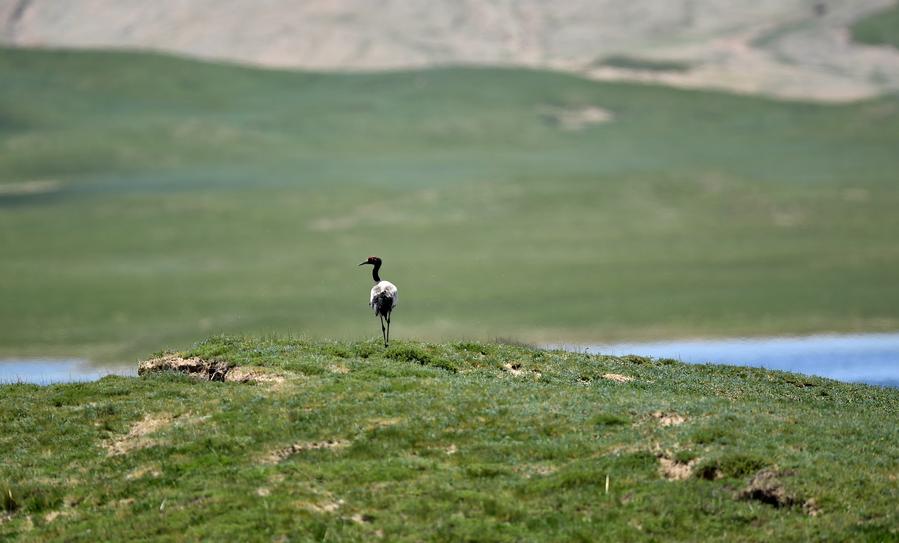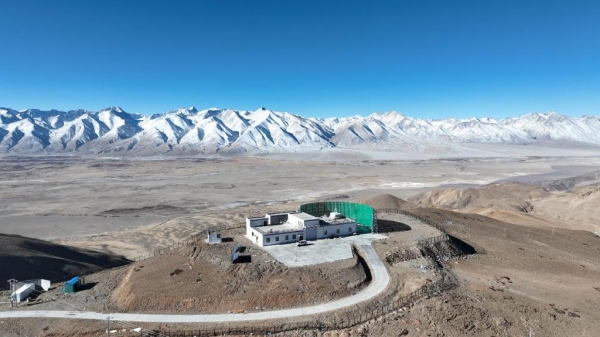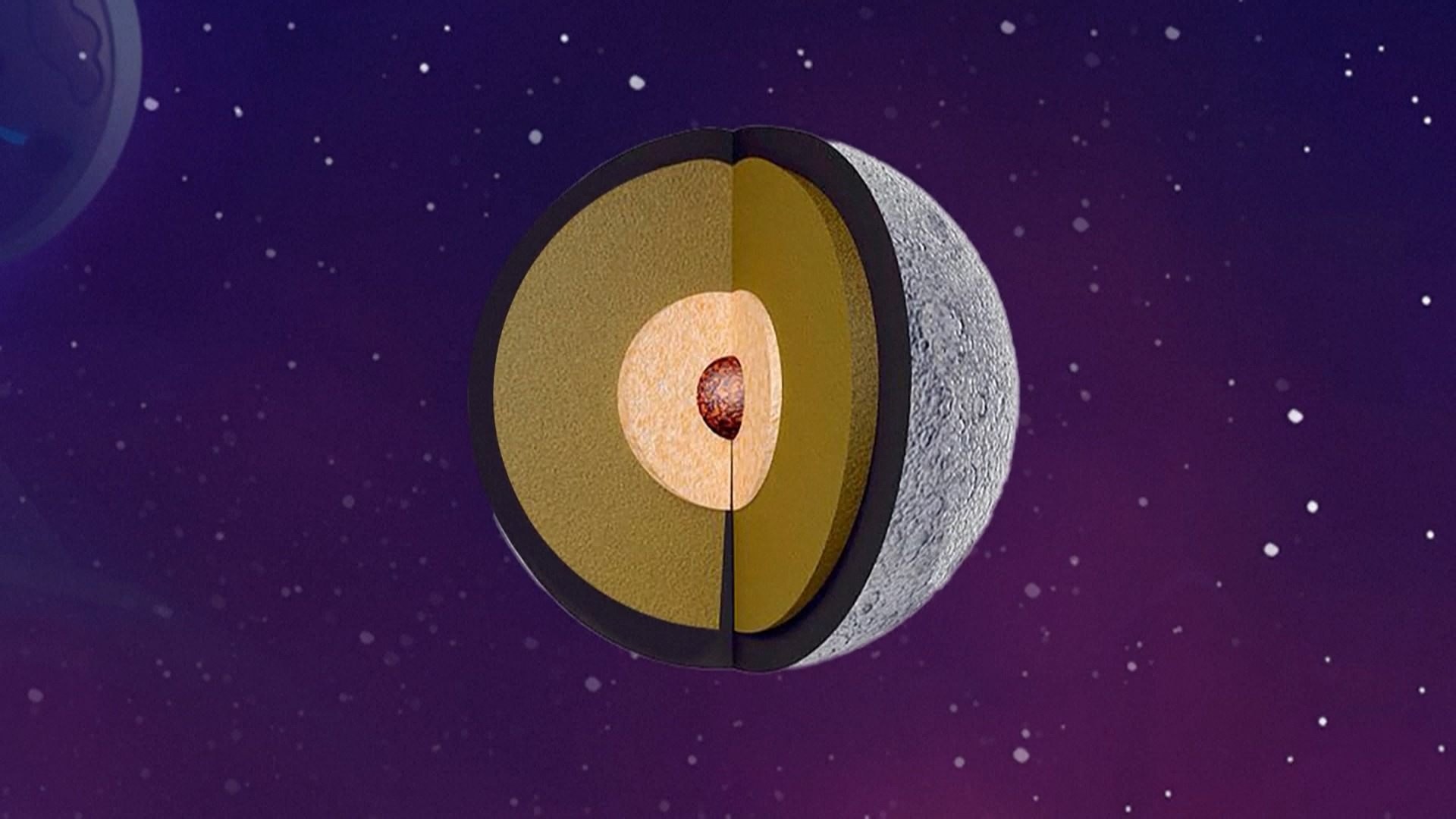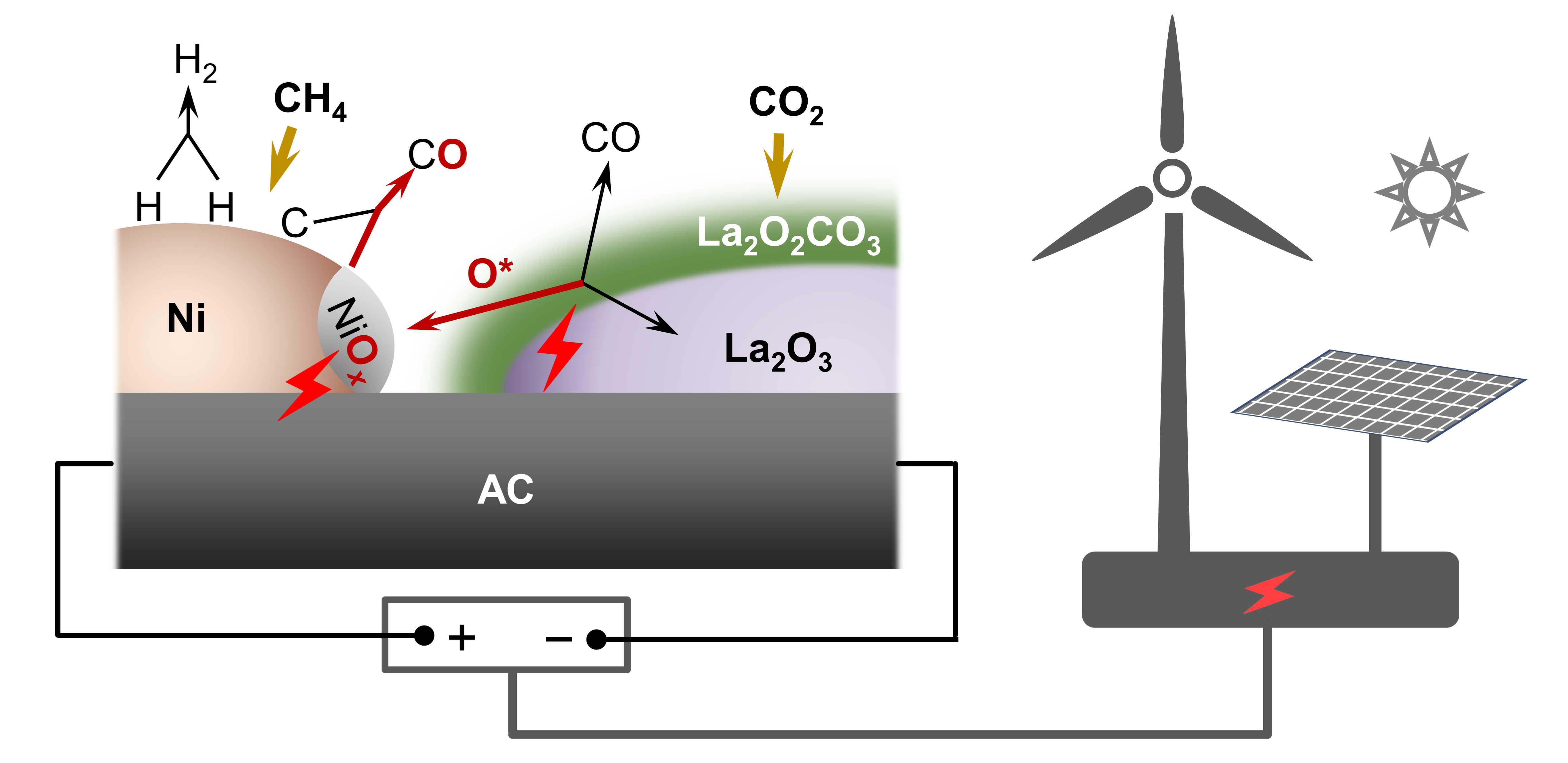

In recent years, Xining Wildlife Park has gained national attention for its charismatic wildlife, including snow leopards, Pallas's cats and Chinese desert cats. But less known is its long-running work in rescuing and breeding black-necked cranes. Thanks to such efforts, the protection of black-necked cranes has made significant progress. In 2020, the International Union for Conservation of Nature has downgraded its status from vulnerable to near threatened.

Yangtze sturgeon have managed successful natural spawning in China's Chishui River, a tributary of the country's longest waterway -- the Yangtze River, after the removal of over 300 small hydropower stations in the river basin, marking a breakthrough for the conservation of this critically endangered species.

High on a ridge 5,250 meters above sea level in southwest China's Xizang Autonomous Region, a new eye onto the infant universe has blinked open. Scientists at the Institute of High Energy Physics (IHEP) under the Chinese Academy of Sciences announced Sunday that their AliCPT-1 telescope has captured its first crisp images of the moon and Jupiter at 150 GHz, a milestone that marks the formal opening of China's first hunt for primordial gravitational waves.

China's Chang'e-7 lunar mission, expected to launch around 2026, will be equipped with a seismograph to study moonquakes and probe the lunar interior, according to Wu Fuyuan, a member of the Chinese Academy of Sciences (CAS) and a leading researcher with the Institute of Geology and Geophysics under CAS.

Chinese researchers have developed an innovative electrified catalysis strategy that removes more greenhouse gases than it generates, achieving net-negative emissions, according to a research article published in the journal Science Advances on Saturday.
Researchers from the Northwest Institute of Eco-Environment and Resources of the Chinese Academy of Sciences have proposed a new method for high-precision soil moisture estimation using the technique of blind source separation (BSS).

86-10-68597521 (day)
86-10-68597289 (night)

52 Sanlihe Rd., Xicheng District,
Beijing, China (100864)

